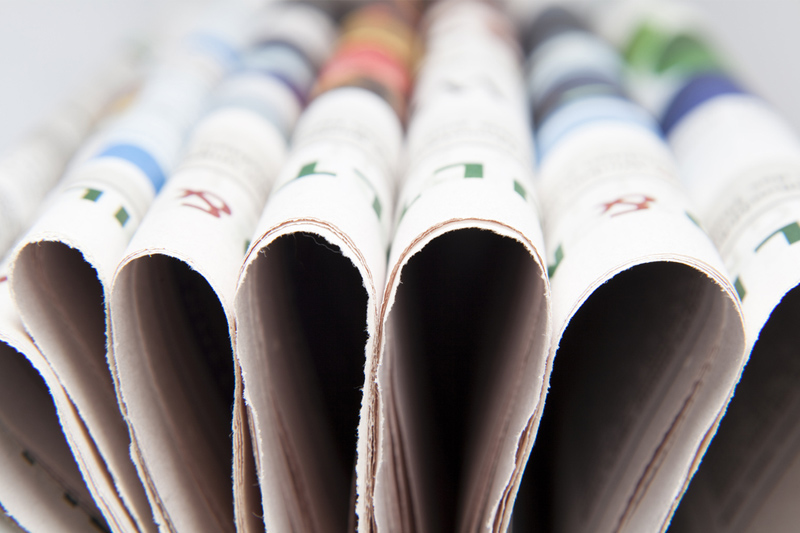By Matthew Stock
A research team from the Royal Veterinary College (RVC) is using motion tracking technology to try to establish the optimal riding position for jockeys, as well as enhance the performance of racehorses and reduce the risk of injury to both horse and jockey. The project, entitled "Apprentice to Journeyman: the influence of jockey technique on thoroughbred racehorse locomotion", is analyzing the riding style of more experienced jockeys compared with novice riders to try to determine if the technique differs significantly between the two skill levels.
The research team, led by Dr Thomas Witte from the RVC's Structure & Motion Laboratory, initially collected data using jockeys on a racehorse simulator in the lab. For this first phase of the study, the team were looking at how the body of the rider is displaced by the movement of the simulator. They wanted to see how more experienced jockeys' movement, stability and positioning differed from the novice.
RVC researcher Dr Anna Walker explained that more experienced jockeys commented on how different the experience was on a simulator compared to a real horse. The team realized that novice jockeys who spend more time on the simulator would naturally feel more comfortable than jockeys with more experience on horses. This led them to working with the British Racing School (BRS) to collect 'in field' data by measuring the movement of jockeys when riding real horses on the gallops.
"If we can identify how more experienced jockeys actually ride, then the aim would be to therefore increase the rate at which novice jockeys are able to train and also reduce the risk of falls. It's known that more experienced jockeys are less likely to suffer from a fall - but why is that? Do they ride differently? What is it in their position that means they are less likely to have a fall?" explained Walker.
Earlier research conducted by the RVC found that modern riding styles have improved horse racing times by between five and seven percent, after jockeys started adopting a crouched riding style in the early 1900s; the so-called 'Martini glass' posture. This isolated their center of gravity and reduced a jockey's load on the horse; in effect an experienced jockey could actively assist a horse to run faster.
"It's commonly accepted that there is an influence if the horse is carrying a load. The new modern Martini glass jockey position has been shown to actually reduce that effect," said Walker. "Rather than having to constantly account for the weight of the jockey, by isolating their [the jockey's] movement the horse is able to move quite freely underneath. So they have to support the weight but they don't actually have to move it forward and backward throughout each stride."
Currently, young riders are assessed visually by their trainers and can be given verbal feedback via an ear piece. But this new research hopes to precisely measure what their bodies are doing and hopefully identify an optimal jockey position. For the field tests, data was collected through inertial measurement units attached to various positions on the jockey.
"We have 14 inertial measurement units on the jockey and the horse," said Walker. "They basically measure the movement of the different parts of the jockey relative to the horse. We're also measuring the forces in the stirrup so we can look at the symmetry of the forces that coincide with the various movements that are measured."
She added that once researchers have a better understanding of the movements of a jockey on a horse they envision a streamlined training method that uses just one or two sensors instead of the current 14. These could be easily incorporated into a jockey's uniform and become part of the standard training, she said.
While the data is still being collected and analyzed, Walker hopes that improved teaching methods would ultimately increase an apprentice jockey's transition to professional, while reducing risk of injury to both rider and horse.
"If you increase the rate of training, therefore they gain experience or improve their technique very quickly then you reduce the risk of falls. And if the jockey is more balanced; the horse is more balanced because they're not having to constantly counteract a wobbly jockey." OLUSSCIENCE Reuters US Online Report Science News 20150326T131125+0000
